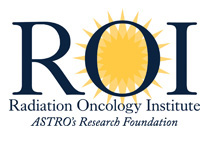
ASTRO's Role in NCCN Guidelines
Posted: May 24, 2023An inside look at ASTRO's Guideline Subcommittee and their active role in NCCN guidelines.

Accelerating Radiation Oncology Research: Celebrating Impact in May
Posted: May 2, 2023May is National Cancer Research Awareness month, and the Radiation Oncology Institute (ROI) — ASTRO’s research foundation — is focused on accelerating research to help patients with cancer receive the best treatment possible. Read more about the innovative research funded by ROI and how you can make a donation to advance future research.


